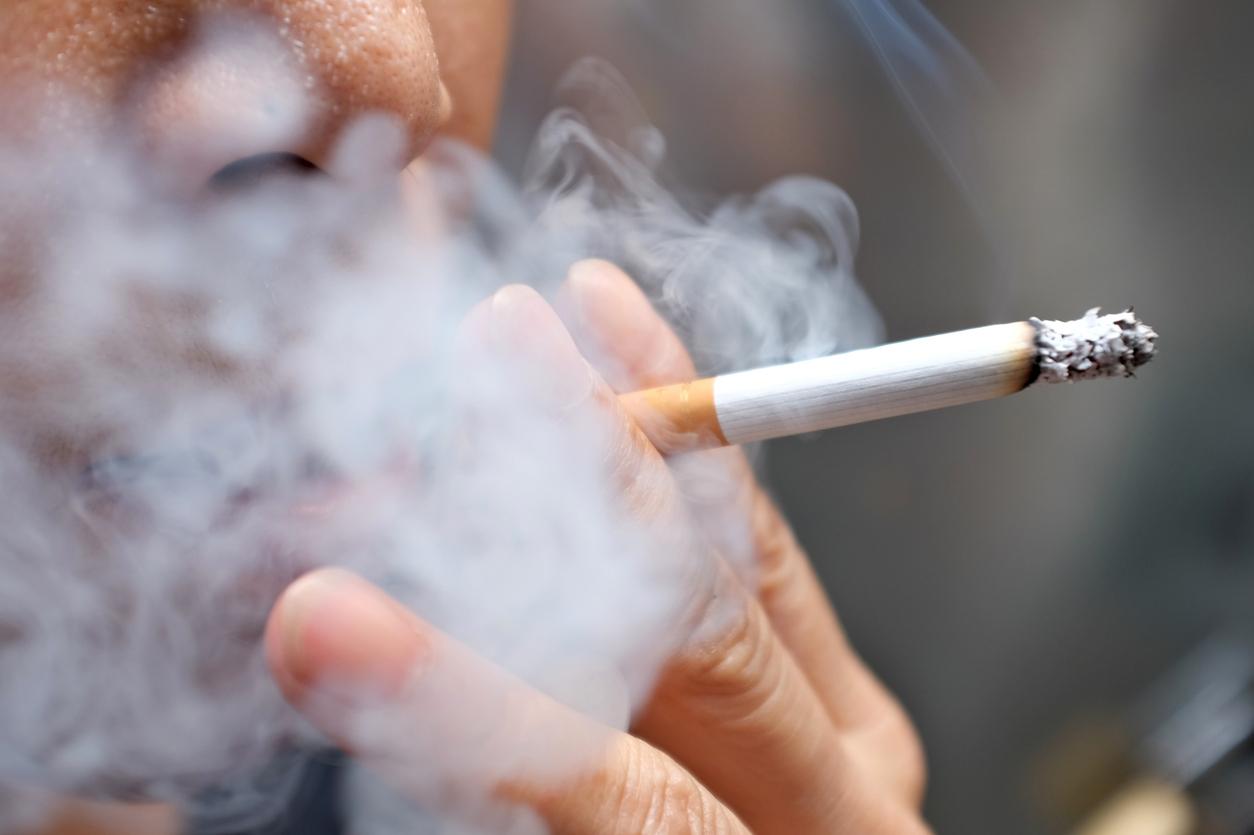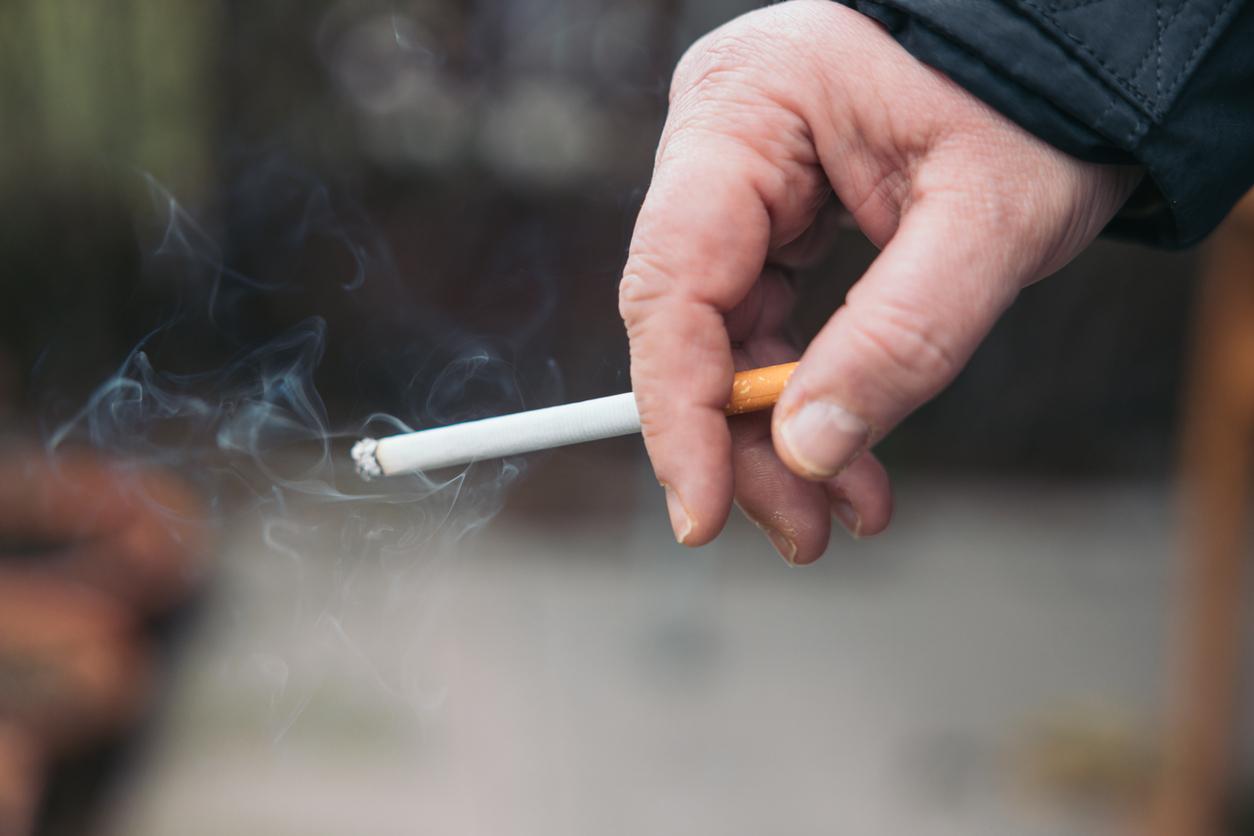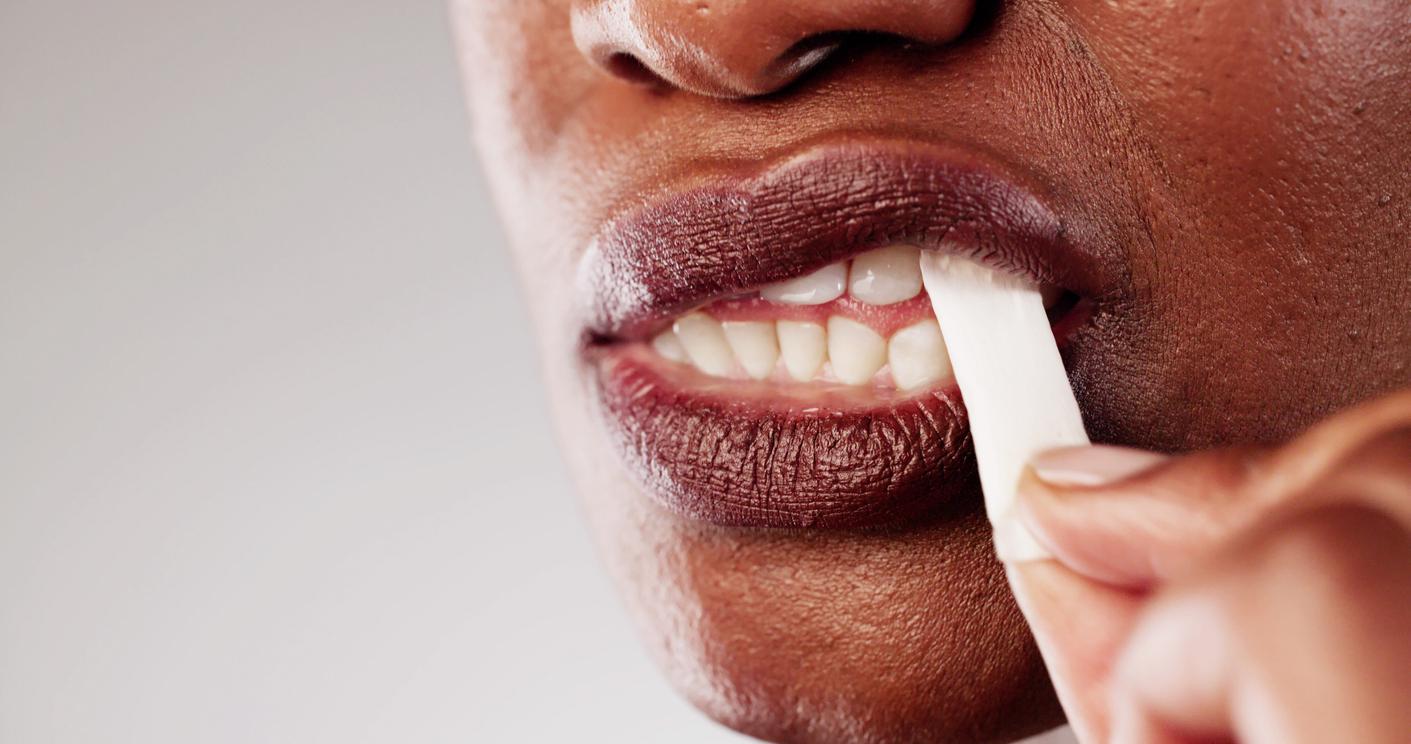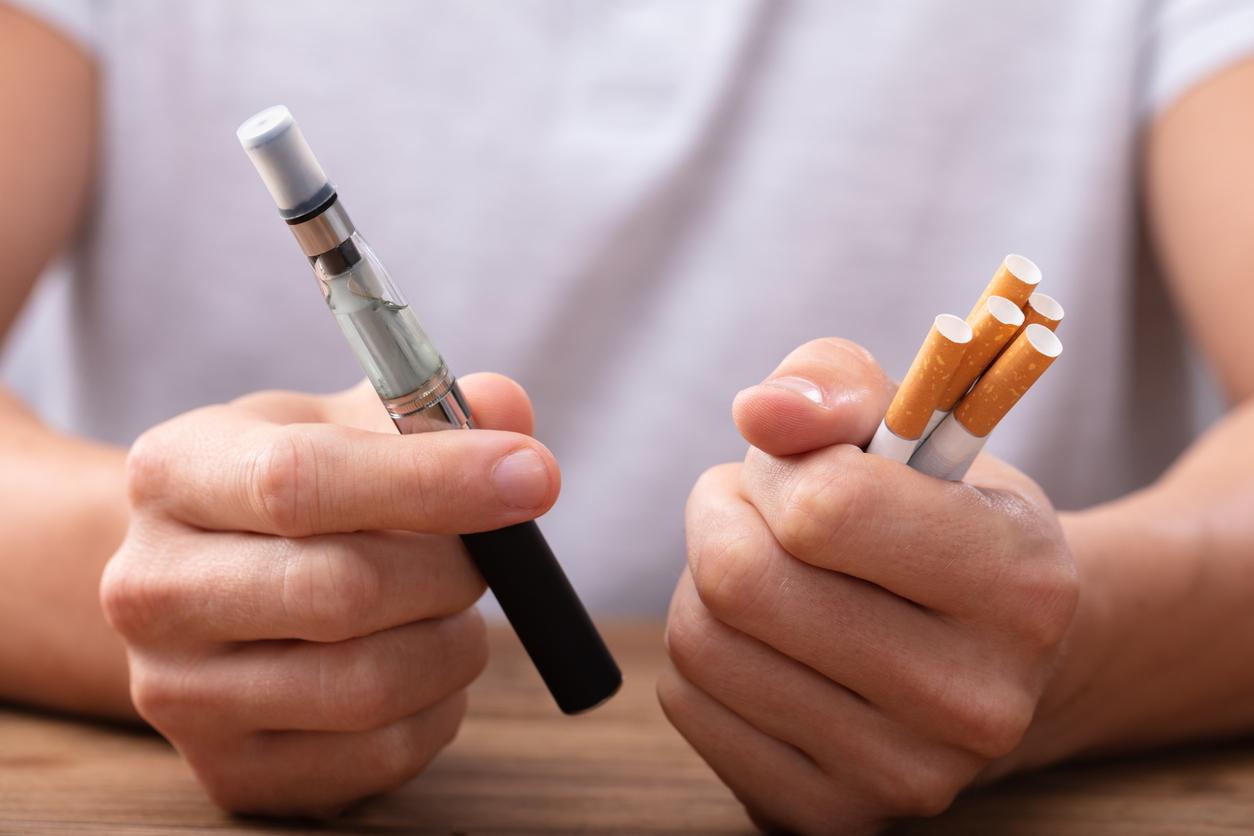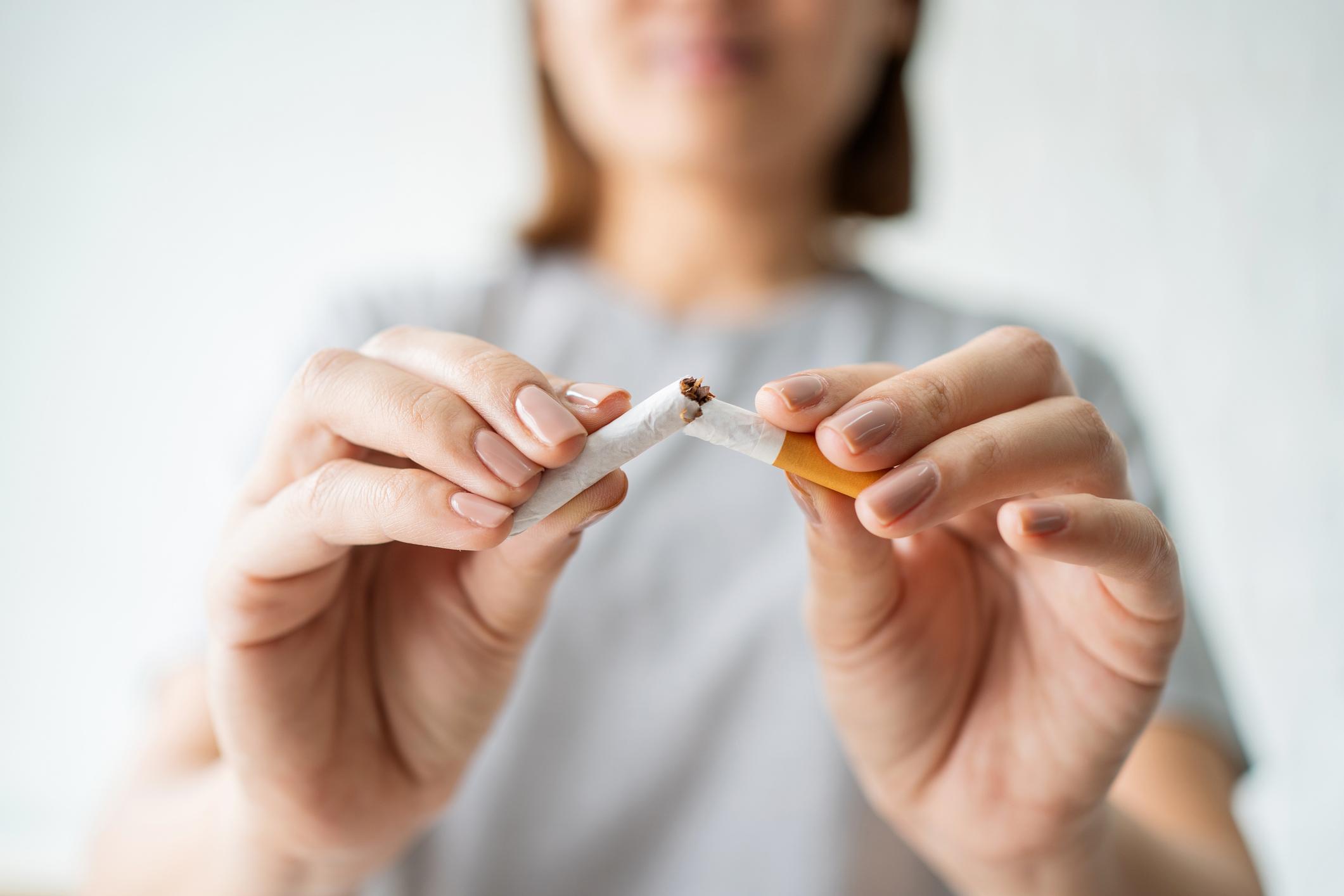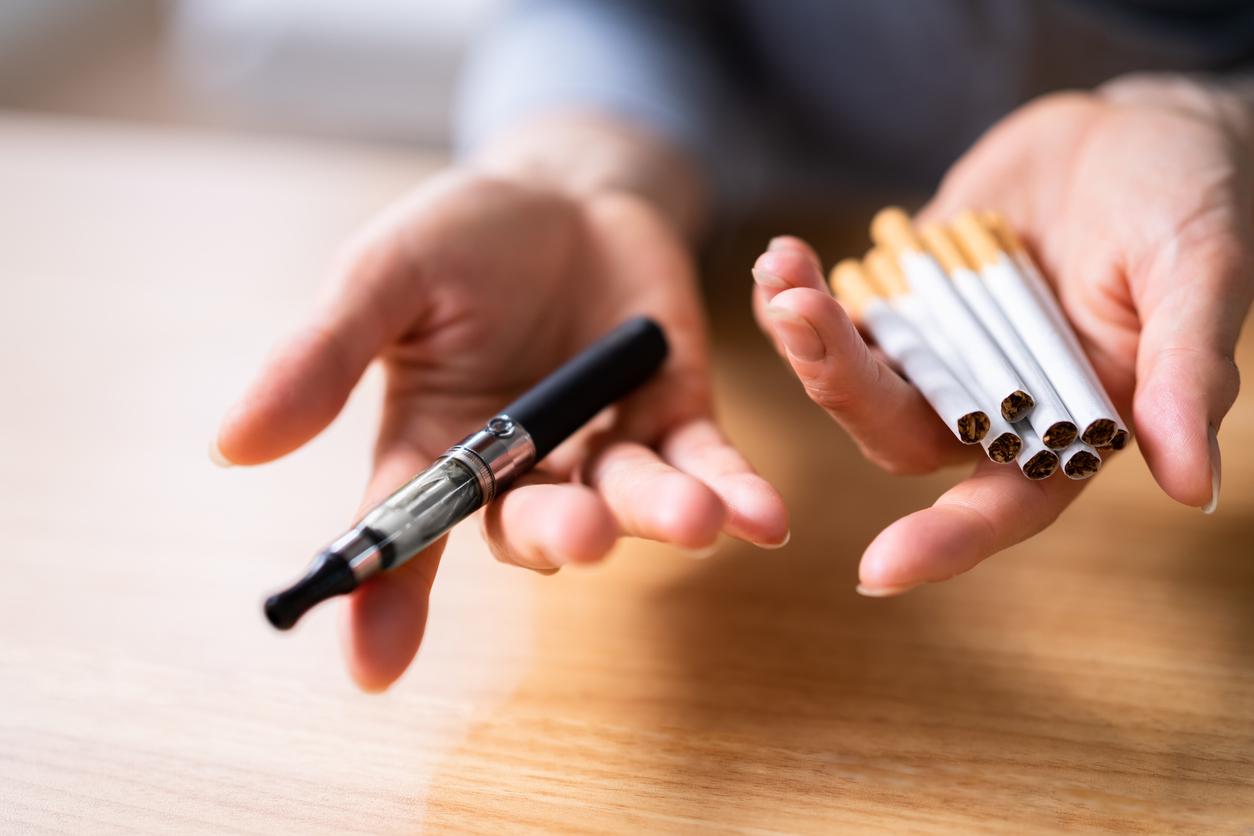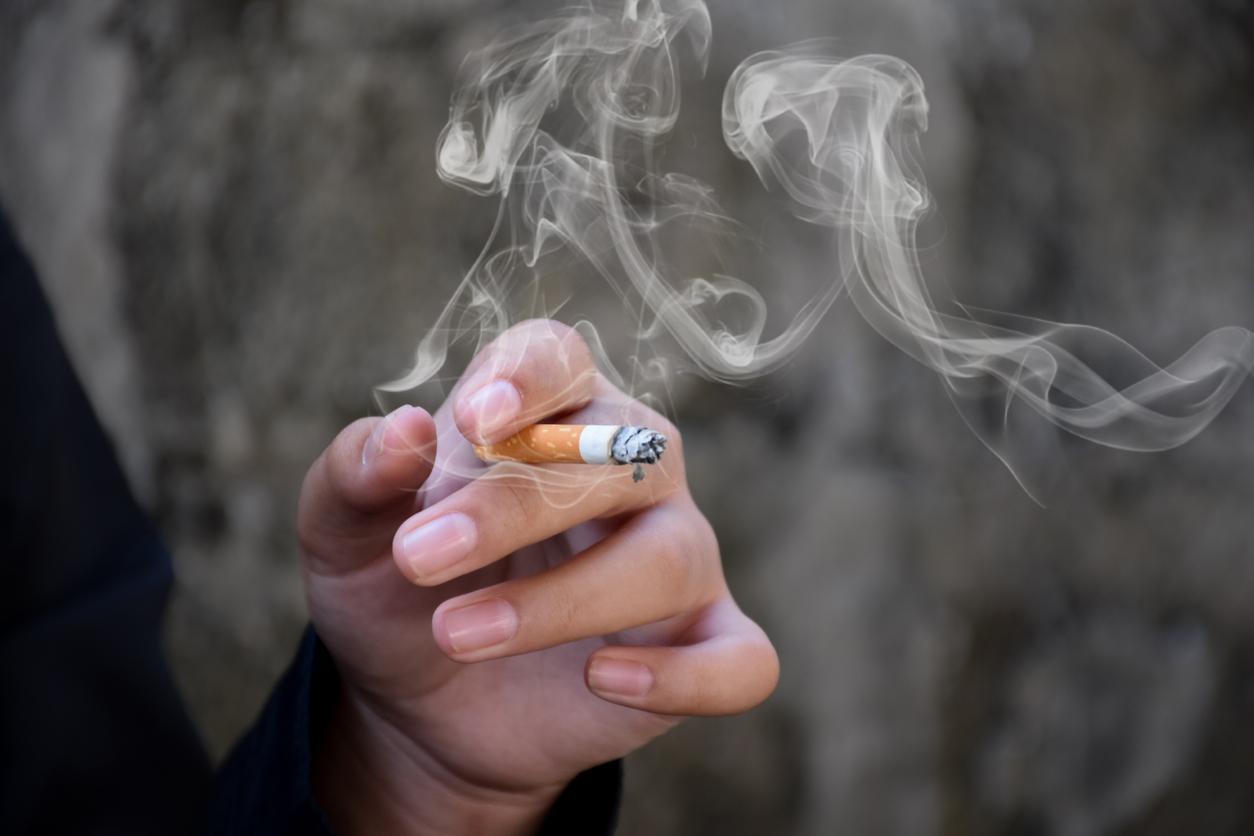Movember will tell you this throughout November: smoking can kill; oneself… but also those around him, the people that the smoker encounters in his daily life and the fetus in his mother’s womb. And that, we must not forget to say.
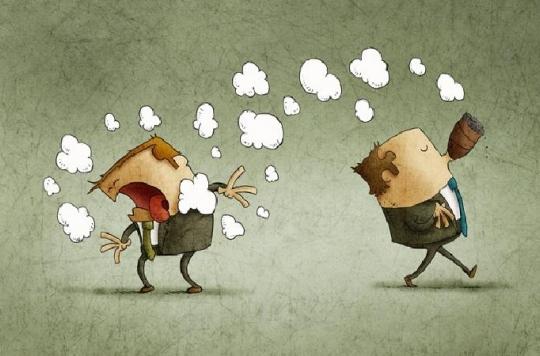
One figure: 15%. It is that of the risk of dying from passive smoking. This means that living with a smoker increases the risk of dying by 15% compared to the population that is not exposed to tobacco. It’s enormous. Passive smoking is the involuntary inhalation of smoke released by the combustion of cigarettes or cigars (in the ashtray for example), or rejected by one or more smokers.
In France, around 3,000 non-smokers die each year from passive smoking; 600,000 worldwide, according to the WHO, the World Health Organization.
Another staggering figure, the WHO estimates that around the world, 40% of children and 33% of adults are exposed to passive smoking.
Watch out for asthma
Increased risk of cancer, but also of infarction, sudden infant death. A study on children shows that passive exposure of children to cigarette smoke in the first 10 years of life affects their immunity by increasing the risk of developing an allergy, and in particular of developing asthma. This risk becomes almost certain if these children have parents who are themselves allergic. This study only vividly confirms what many others previously strongly suggested. Notions known, but which parents do not take into account, according to another study: although informed of their child’s asthma, parents do not change their smoking behavior.
Final conclusions
According to the Academy of Medicine, tobacco smoke is the most dangerous source of domestic air pollution, due to its high concentration of toxic products, but also because we are exposed to it at any age and for periods much longer than those in which we experience outdoor air pollution.
The conclusions are clear: those who have never smoked, but live with smokers, die more than those who live far from smokers. And this dreaded increase in passive smoking mortality is independent of age, ethnicity, or socio-professional category.
What the law says
Passive smoking, while it is more toxic in a closed environment, is also particularly toxic in an open environment, in particular in covered places (terrace, awnings, etc.). Since February 2007, it is forbidden to smoke in all closed and covered places open to the public or which constitute workplaces, in health establishments, in all public transport, and in the entire enclosure (including including open places such as playgrounds) of public and private schools, colleges and high schools, as well as establishments intended for the reception, training or accommodation of minors. This prohibition must be recalled by visible signage.
The ban has applied since 2008 to drinking establishments, hotels, restaurants, tobacconists, casinos, gaming circles and nightclubs.
However, many bars and restaurants take advantage of contradictory texts and unclear court decisions to allow smoking on more or less ventilated terraces. However, the court of cassation, in a judgment of June 13, 2013, definitively put an end to the different interpretations by giving a very clear definition of what should be open terraces.
.








